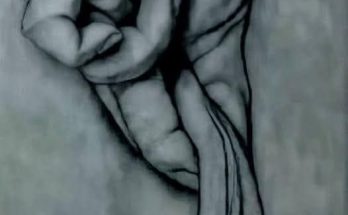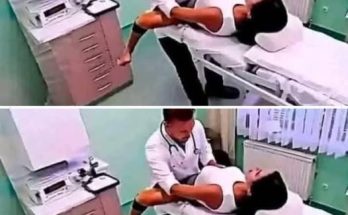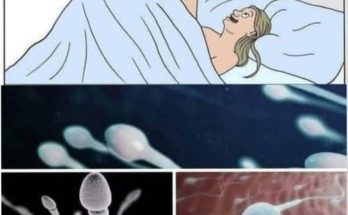
8 Steps to make a woman come in less than a minute
8 Steps to make a woman come🧑🦰 in less than a minute 🕛 1. Build Anticipation Arousal starts outside the bedroom. Flirty texts, whispers, teasing touches, or compliments can get her in …
8 Steps to make a woman come in less than a minute Read More







